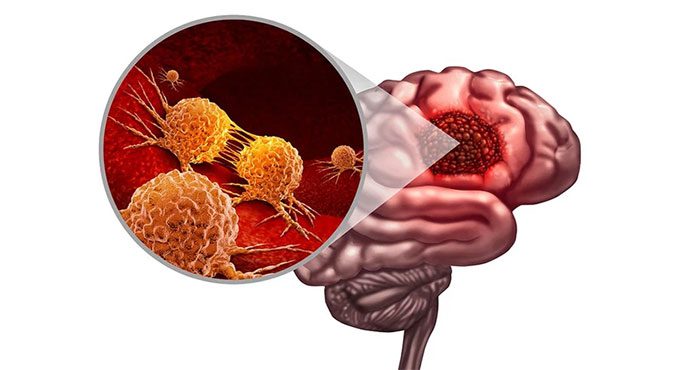Glioblastoma is a type of malignant tumor that progresses rapidly and has a poor prognosis. If not treated promptly and correctly, patients can quickly deteriorate into a severe state. This type of tumor presents significant challenges in treatment. However, there are treatment options available.
What You Need to Know About Glioblastoma
Understanding Glioblastoma
Glioblastoma is a malignant brain tumor. It is considered one of the “most aggressive” forms of brain cancer because cancer cells develop very quickly and spread throughout the brain. This type of tumor accounts for 12-15% of all brain cancer cases.
Characteristics of Glioblastoma include:
- Rapid development.
- Thread-like projections that can extend throughout the brain.
- High likelihood of recurrence, even after aggressive treatment.
The disease typically appears in individuals aged 45 to 70, with an incidence rate of 2-3 per 100,000 adults, accounting for about 52% of all primary brain tumors. Overall, glioblastoma accounts for 17% of all brain tumors (both primary and metastatic).
Glioblastoma is often classified as a grade IV astrocytoma, characterized by a poor prognosis, rapid progression, and high malignancy. If patients are not diagnosed early and treated appropriately, it can lead to complex and unpredictable disease progression, significantly reducing their survival time.
Symptoms of Glioblastoma

Illustration of Glioblastoma. (Image: Internet).
According to the National Health Service of the United Kingdom, the symptoms of glioblastoma depend on the tumor’s location. Common symptoms include:
- Headaches (often worse in the morning, during coughing, or stress).
- Seizures.
- Frequent nausea or vomiting.
- Memory issues or changes in personality.
- Vision problems such as blurred or double vision.
- Hoarseness in voice.
General practitioners may detect brain tumors through eye examinations. If a tumor is suspected, patients will be referred to a neurologist.
Treatment for Glioblastoma
Glioblastoma poses a significant challenge to the medical field, with treatment difficulties arising from both the patients and the types of medications available. Even in advanced countries like the United States, approximately 15,000 deaths occur annually due to this disease. Even if the tumor responds to treatment, the risk of recurrence remains high as cancer cells can hide in nearby brain tissue as glioblastoma stem cells, making the disease incurable.
Most patients will undergo treatment in the following sequence: surgery, followed by radiation therapy and chemotherapy. Glioblastoma is often surrounded by a region of metastasis, where cancer cells invade surrounding tissues, necessitating surgery to remove as much of the tumor as possible.
Surgery
However, surgery cannot completely eliminate the tumor. It only limits damage to the surrounding healthy brain tissue necessary for neurological functions and may help prolong survival in some patients while improving their quality of life during the remaining time.
Radiation Therapy
After the surgical wound has healed, glioblastoma patients will undergo radiation therapy. This treatment selectively destroys remaining tumor cells surrounding normal brain tissue. However, both radiation and surgery can cause damage to healthy and normal tissues.
Chemotherapy
Finally, patients undergo chemotherapy to control the tumor long-term; this is only effective for about 20% of patients. Patients receive special medications designed to kill cancer cells.
Despite these treatments, surgery, radiation, and chemotherapy can only improve the average survival time of patients by an additional three months.



















































